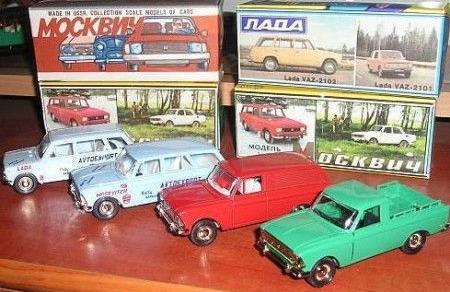The systems theory approach? What is the system? What is a model?
You could wander what the systems have to do with Socionics. Why do we keep talking about some systems all the time? Because for scientific purposes it is difficult to operate with specific Johns and Janes, chairs, cars, cats, and other things. Science generalizes phenomena on some grounds. For example, you can unite all the men, women and children of all possibles races and nations under the general notion of humans. This is a generalization. Any thing that has a shape can be called an object. This is also a generalization.
However, lets consider another generalization - systems. And we have to understand why we need this generalization. Let's look at the definition. What is a system? In the book of V. D. Ermak we find the following definition:
System is a set of elements, models of objects, that interact with each other using forward and backward communications links, which models pursuit of a certain goal.
Well... this definition also needs an explanation. The quote goes about some "models of objects." What is it? You might remember models of cars, airplanes, sailboats, which you liked to build or collect as a child. It is evident that a car model is not the true car, but its simplified reproduction. When the car model was being made, it was intended to keep resemblance to a certain brand of car. Of course, it does not have a motor, carburetor, brakes ... the model only looks like a car due to its external proportions and forms. And exactly this was the intent of the creators of the model.

The intent however could be different, for example: to create a model that performs a specific function, such as a rover model that would move in the same way as the real vehicle. It all depends on what one wants to model. It turns out that one can create models not only for cars, but also for humans. For example, a robot is a model of the man. It is clear that no model can represent ithe original prototype in all aspects. Please, keep in mind, that a model is created for a particular task only. If we want to create a model of the vocal apparatus, then everything that is not related to it, will not be taken into consideration. It is impossible to reconstruct the human psyche in all details (considering its immense complexity), but you can reconstruct some of its functions. The ones that are of interest for us. Model is always a simplified version the original. Socionics focuses its interests on the information exchange that takes place in the psyche. And only this part of the mind is the object of studies in socionics. So, in socionics there is a model of such information exchange. We will look to it later.
And now let's get back to the systems. Thus, a system is a set of some models. If the models are simplified substitutes of objects then the system is also a model and not the object itself. With the difference that the system shows the interaction of the constituent models, and this interaction serves to a purpose. All this is put together under the concept of system.
By and large, everything in the world can be represented as a system. The digestive system in the body. In this system stomach, intestines, glands, teeth and tongue interact with each other. Each element of the system plays its specific role. System of an enterprise. The ecosystem of the Earth. The solar system, etc.
There is a science called systemology. It is exploring systems. And the systemologists have discovered some important laws that govern the systems. These are called system principles. For example, there is a system principle, which is called the "principle of goal-setting," and it reads: "the purpose which determines behavior of a system is always set by a superior system."
Hence, a system always has a purpose, and the purpose is determined no by the system itself, but by a super-system. What is a super-system? It is the system that includes as a component the system in question. Imagine Chineese boxes or Russian matryoshka dolls . One fits into the other. Examples: the system "factory" has the super-system "industry", the system "family" has the super-system "society," the system "humanity" has the super-system "planet", etc.
It may seem strange that something gets on top and sets some goals. It always seemed to us that we are determining our goals by ourselves. But is it really true?
So, now we consider not only information exchange between John and Mary, not just an exchange between people, but also exchange between different systems (or components). And system principles will apply here as well. System approach will allow us to model the part of the psyche, which is engaged in the exchange of information.
Eglit IM ©